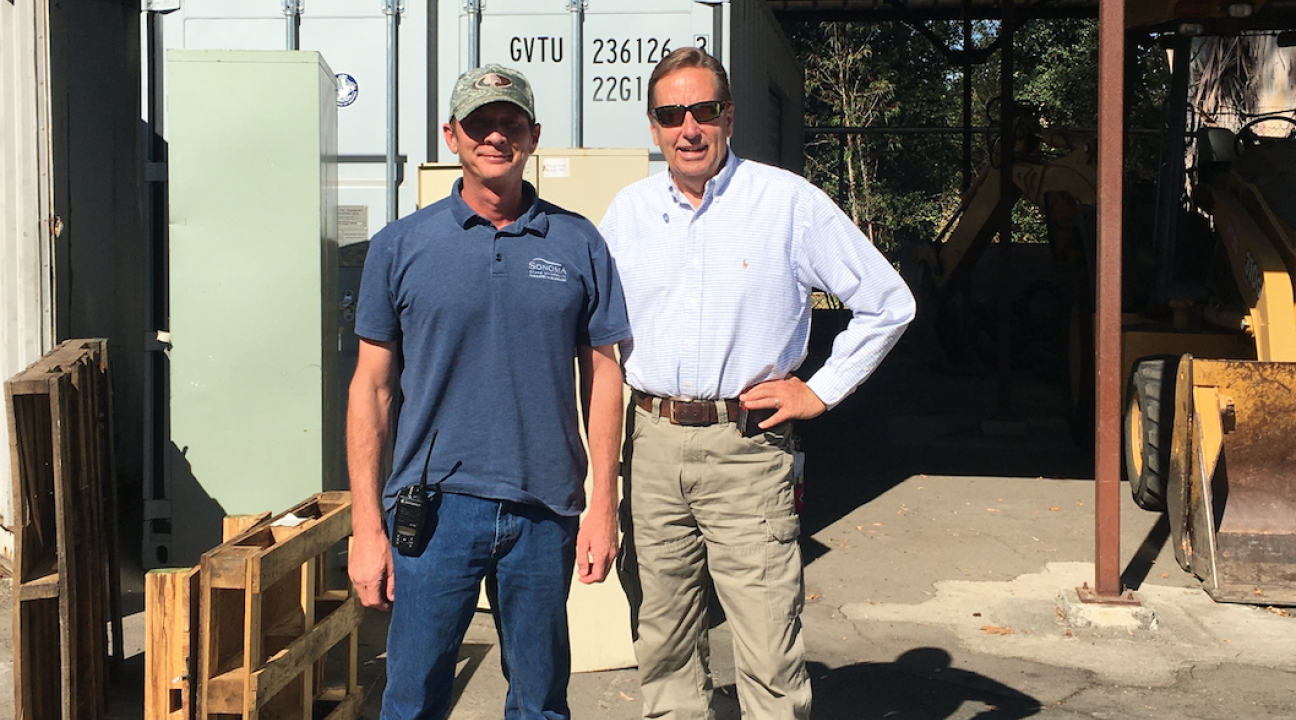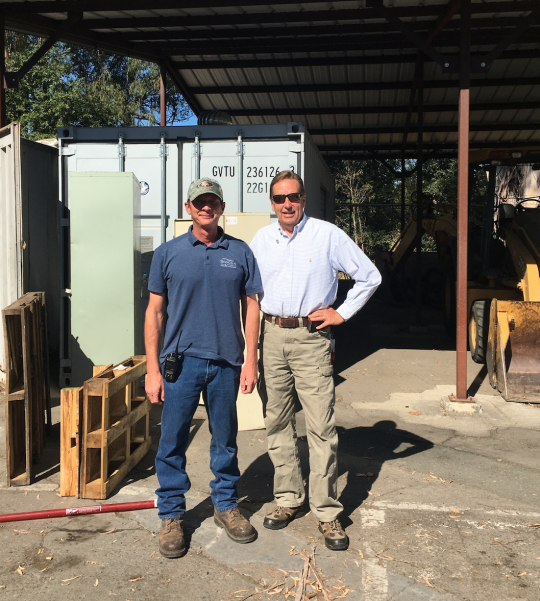Removing Chemical Herbicides from Campus
Facilities Management Shifts Towards Organic Weed Killers
One of the most enticing features of Sonoma State is the well-maintained landscaped greenery. From crawling ivy to lavender clusters, vegetation adds vibrancy to campus, further beautifying the University. Behind this amenity is a group of dedicated facilities employees working to uphold aesthetics standards while simultaneously expanding sustainability efforts. The arrival of new Facilities Management Landscaping Manager, Allan Goff, has expedited this process significantly. Within his three months on campus, Goff has initiated many developments towards landscaping reform, many of which parallel the objectives of the Presidents’ Climate Leadership Commitment signed by President Judy Sakaki in April of this year.
A pivotal modification within facilitates management has been the shift towards organic herbicide and pesticide use. Historically, Sonoma State utilized harmful glyphosate chemical-based products (sometimes known as RoundUp) to facilitate weed and pest control on campus—a practice heavily criticized for its negative effects on the environment and those who come in contact with it. George Atkinson, a gardening specialist on campus, took an initiative towards chemical use mitigation by researching and presenting possible alternatives to Goff. This led to the incorporation of three non-synthetic herbicide formulas within the weed and pest management rotation on campus: Avenger, Weed Zap and Suppress.
The use of these products has gained attention quickly, specifically due to their natural, appealing smells. Avenger Weed Killer possesses a pleasant orange scent while Weed Zap emanates a cinnamon-clove odor, these are noticeable while the product is being sprayed—a great improvement from toxic chemical odors. This adjustment is beneficial for plants and soil surrounding sprayed areas, but also improves the work environment for campus employees. Atkinson shared his experience working in a chemical-filled shed with minimal ventilation “It smelled so bad, I couldn’t be in the shed for more than five minutes without feeling nauseated.”
“These guys deserve to be safe,” Goff added. So, in order to continue efforts towards chemical reduction and better working conditions for those affiliated with the chemical shed, Goff ordered for an upgrade with adequate ventilation and enhanced accessibility, while Atkinson spearheaded a project to reduce the number of chemical products from 40 to 20.
When asked about future changes within the landscaping sector, Goff noted, “It’s all a part of a big transition…this is just the beginning.” As with any other significant shift, the road towards non-synthetic herbicide and pesticide use has a few bumps along the way including determining the amount of product needed, price and delegation of workers to spray multiple applications in order to see the same result as chemical sprays. Goff and Atkinson both acknowledge these challenges, but accept that environmentally conscious decisions often require diligence and patience.
In the future, Goff and Atkinson look forward to hosting the Geography, Environment and Planning Club and Students United for Sustainability in an educational presentation of sustainable improvements within facilities management on campus in order to share progress made and future ideas.
Learn more:
Learn more about Avenger Weed Killer



